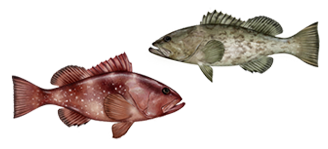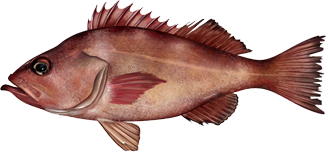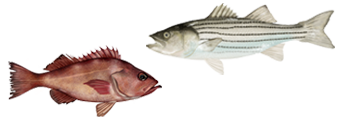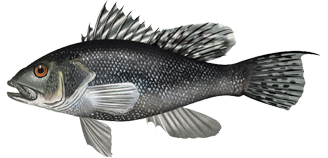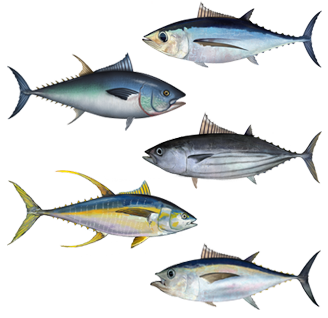Choosing Quality
It’s pretty simple to choose quality, fresh seafood. Just use your senses - smell, sight, touch…and even common sense! First and foremost, buy seafood from knowledgeable, reputable dealers: those you trust with a known record of proper handling practices. Our seafood inspectors often say “the nose knows” - if a seafood counter or freezer case smells fishy, go somewhere else. Fresh, quality seafood should smell like the ocean, not sour or fishy.
Keep an eye out for general cleanliness and proper handling, too. Seafood should be properly iced and refrigerated or frozen. Also, go ahead and plan your menu for seafood, but wait until you are at the market before deciding the exact type of fish to buy. Here you will be able to select the highest quality items at the counter or in the freezer case. Once you’ve found a good source for your seafood, follow these additional guidelines when shopping for fresh and frozen seafood to ensure you are purchasing the best product possible.
At the Freezer Case
Most frozen fish today compares in quality to fish directly out of the water. Fresh catches are immediately processed and frozen at very low temperatures, frequently right on board the vessel. When buying frozen fish keep in mind the following guidelines:
- Whole fish should be free of ice crystals, with no discoloration.
- Fillets or steaks should be solidly frozen in the package.
- There should be no evidence of drying out, such as white spots, dark spots, discoloration or fading of red or pink flesh.
- There should be no signs of frost or ice particles inside the package. If ice crystals are present, the fish has either been stored for a long period or thawed and refrozen. There should be no liquid, frozen, or thawed evident in the package.
- Make sure there are no open, torn, or crushed edges on the packages.
- Avoid packages that are above the frost line in a store’s display freezer.
For More INformation
A number of excellent resources can provide additional information on choosing quality seafood. Some of our favorites include:












